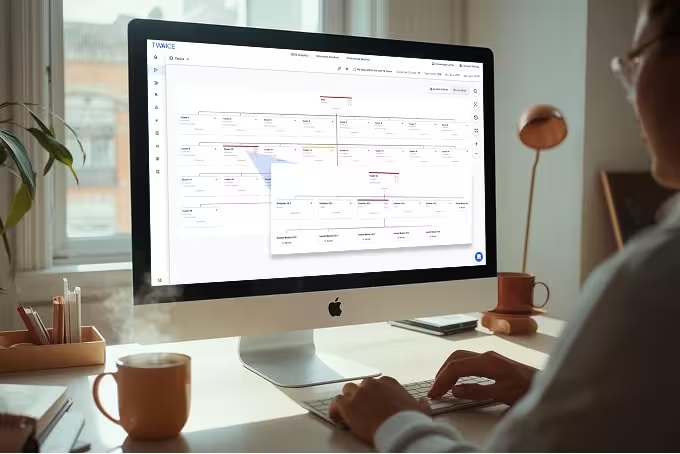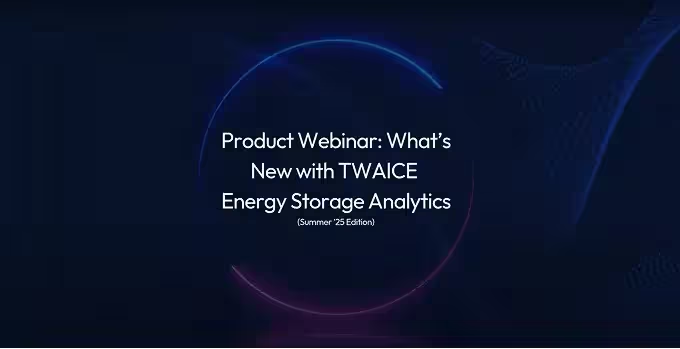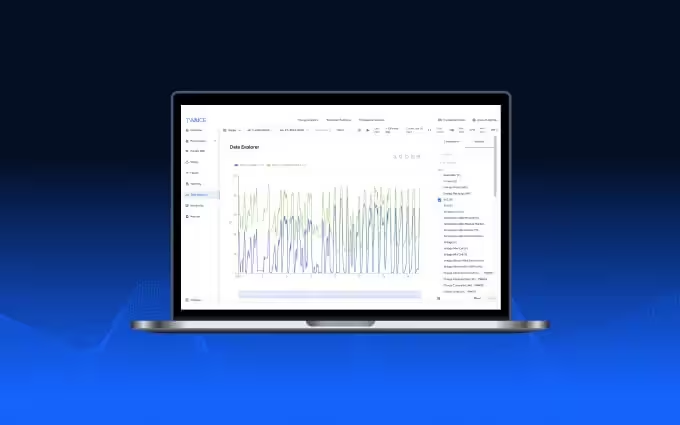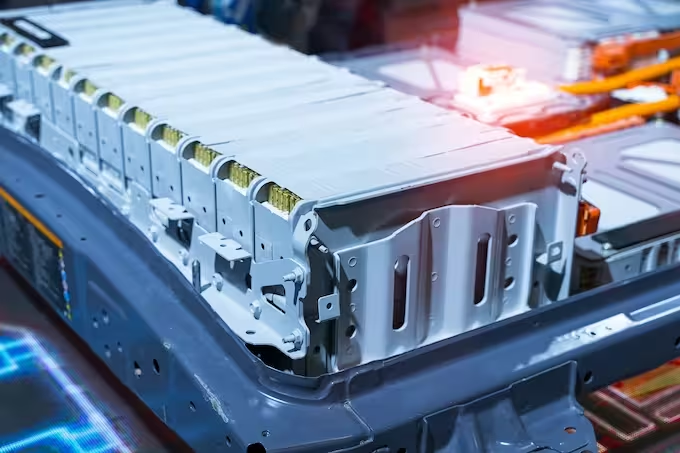Streamlining E-Bus Warranty Discussions
The automotive sector’s transition to green mobility is challenging the bus operators across the world. That was the case of a major operator of electric buses in the Netherlands, who reached out to ViriCiti and TWAICE regarding our Battery Health Solution to integrate data-driven decision making focused on batteries, to avoid timely and costly warranty discussions.
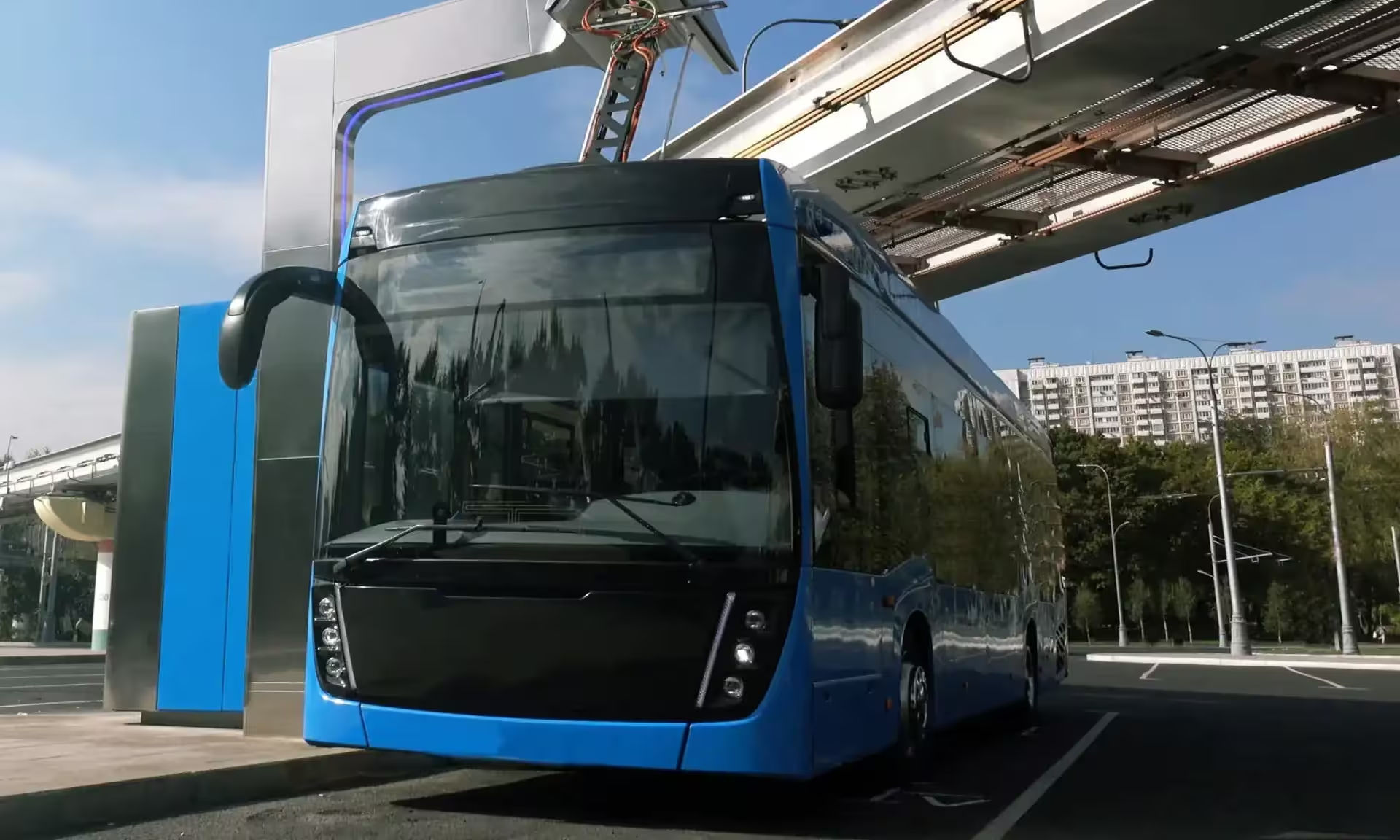
Saving Time, Money and Effort in Electric Bus Warranty Discussions
A lot has happened in the world of electric buses over the past year. Many new projects have been announced or started, and we have seen a great push from regulators and municipalities to commit to ambitious emission-free transport goals.
However, the early adopters – those that started introducing electric buses into their fleets four or five years ago – can offer helpful insights to the future for many. They present first learnings on challenges, complications and solutions when it comes to questions on strategic renewal of the fleets, maintenance or warranty discussions.
Over the past couple of months, ViriCiti and TWAICE have worked closely with such an early adopter on how to integrate data-driven decision making – focusing on batteries – to avoid timely and costly warranty discussions.
Situation
A major operator of electric buses in Europe, more specifically in the Netherlands, reached out to ViriCiti and TWAICE regarding our Battery Health Solution. The operator in question is an early adopter of e-buses. They started to add these to their fleet in 2014 and had more than 100 electric buses by 2017. For a considerable number of buses, the five-year warranty period given by the OEM was about to expire. This raised several operational and strategic questions for the operator.
The initial question, “What is the status of (each) battery actually?”, was the most pressing. This brought more questions with it:
- How do we get the SoH (State of Health) data? What are the concrete warranty terms for the specific buses?
- Were the assumptions made at the time of the purchasing decision valid?
- What is the aging behavior across the sub-fleet; did some buses age faster than others?
- What is the aging performance of buses from other OEMs; can a comparison between buses be made?
- What are the strategic and operational implications of the outcome? What are the lessons learned and how to incorporate them in the future?
As these questions were arising for the first time – on both the operator’s and likely the OEM’s side – no standard processes had been defined, which resulted in several challenges.
The whitepaper thoroughly explains these challenges and describes how battery analytics can help.
Sign up for the next live group demo and learn how TWAICE can transform your BESS operations. In just 30 minutes, you’ll get a demo of key features and use cases, and engage with our product experts for a live Q&A.
